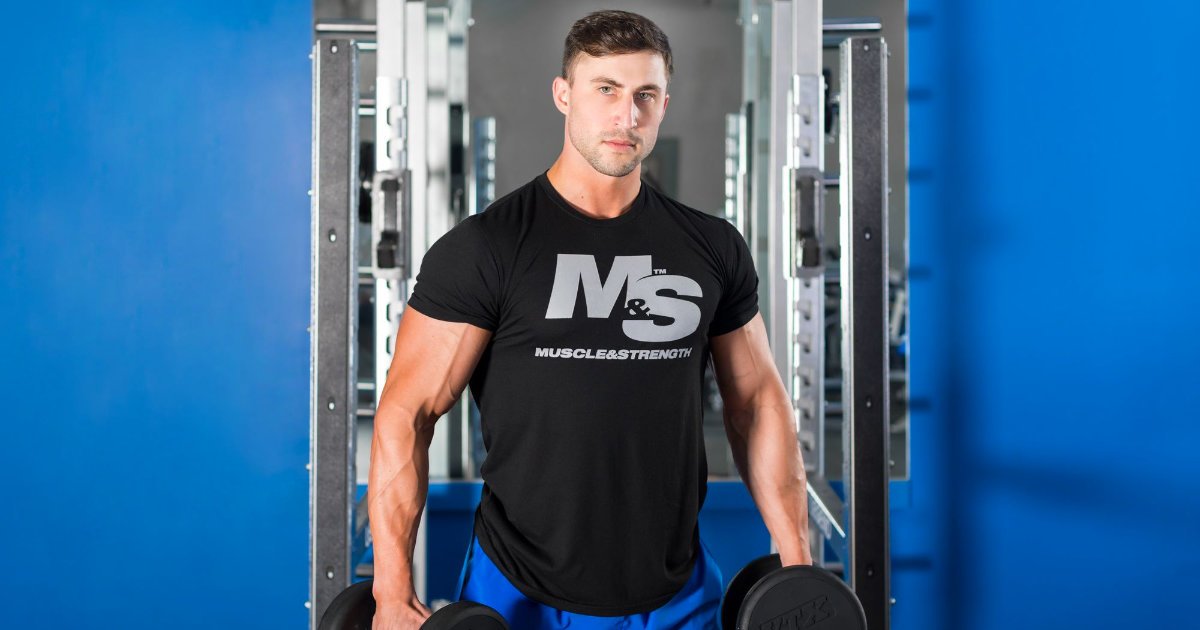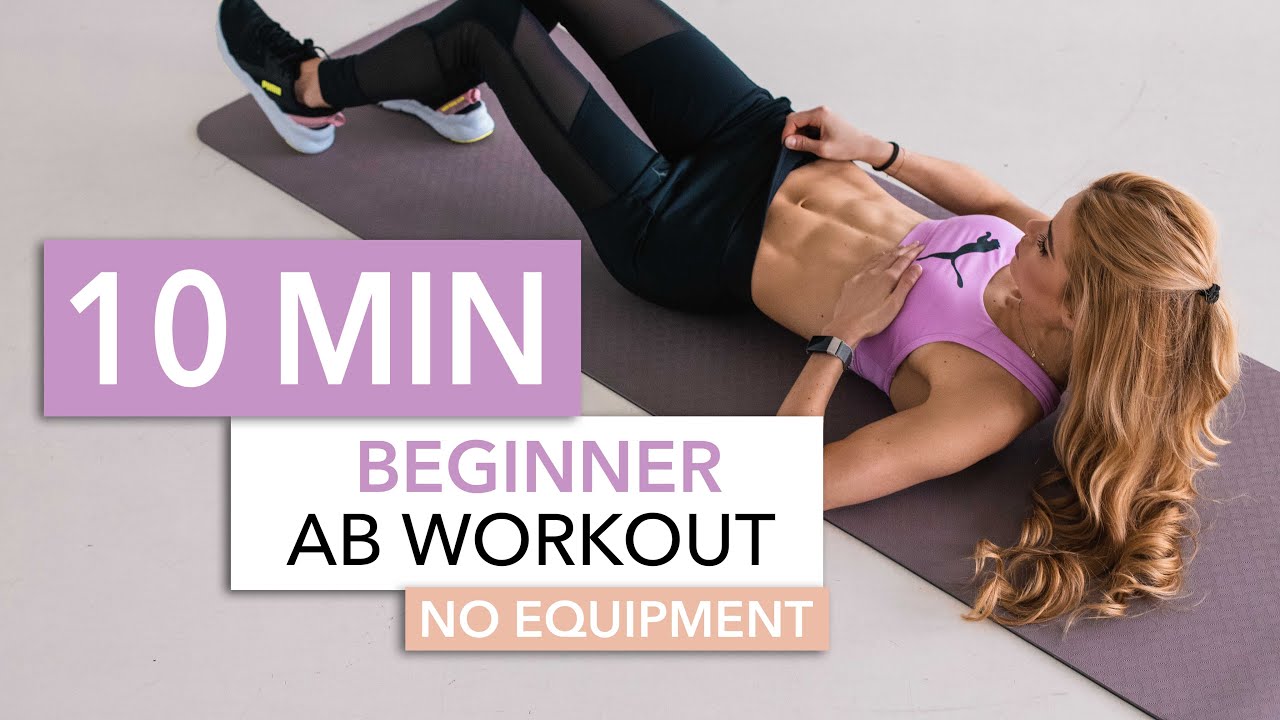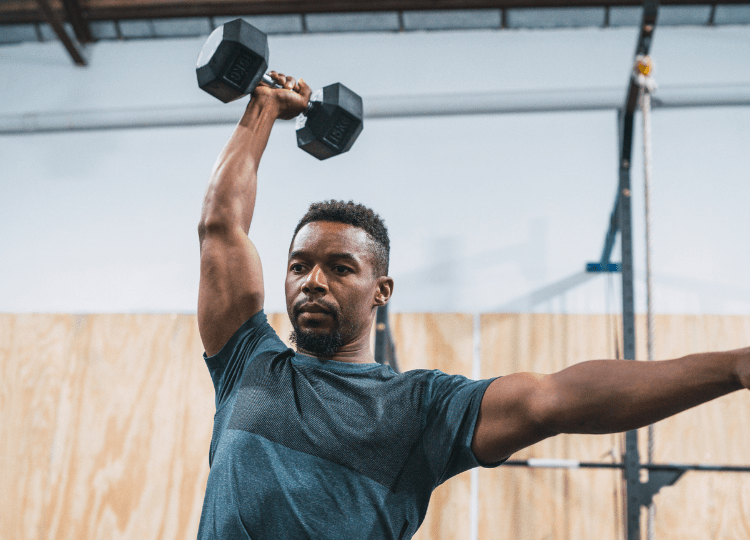
You can avoid trainers blisters whether you are a marathon runner, or just a regular runner. These include tightening your laces, improperly fitting and chafing. If you've ever had a blister on your foot, you know how painful it can be.
Trainers: Take precautions to avoid blisters
If you have blistered feet, you probably want to know how to avoid them. There are many things that you can do to prevent blisters from happening. The first thing you can do is keep your feet clean. Use mild soap and water to clean your feet. After drying, apply a special blister bandage. This will protect the blister from harmful pressure, friction and dirt, and it will also help reduce the pain. It is important to avoid anything that may irritate this area.
It is important to ensure that your shoes fit well. Avoid shoes made with synthetic materials. Choose natural fabrics. Make sure you check the straps. Check the size of the shoe. Too big or too small shoes can cause pressure points and blisters.
Shoes that are not properly fitted
Improperly fitting shoes are a common cause of blisters on the feet. The problem arises when shoes rub against the skin of the feet, which causes the layers to become separated and fluid to fill the gaps. Feet blisters can be more common in people who are active. However, even shoes that are properly fitted can cause them. Blisters can be caused by improper shoe design, wet or moist feet, and even incorrect shoe size.

Consult a podiatrist for more information about blisters. While blisters can be painful and may require treatment, most cases will resolve themselves on their own. However, if the condition persists or gets worse, it's best to get medical attention. A blister may become red and swollen, as well as warmth.
Strenuous laces
If you run, or engage in any type of activity, it is possible to get blisters from the tight laces on your trainers. There are simple ways to prevent blisters caused by tight laces. To start, lock the heel in place. This will prevent the heel slipping forward and will also prevent blisters from forming. Also, it will keep your toes from pushing against the front of the shoe.
You can prevent blisters from trainers' tight laces by wearing shoes with more holes in their lace. These extra holes will reduce friction on the foot and improve shoe fit. But, this method isn't foolproof. Some shoes may still be too tight, resulting in blisters. You can have your shoes custom-tied.
Chafing
Chafing blisters can make it extremely painful and unpleasant. However, there are some steps you can take to prevent them. This includes covering the prone areas with a moleskin. Avoid rubbing the feet or exposing them too much to uncomfortable footwear. Avoiding chafing blisters can be better than curing in most cases.
A lubricant should be applied to areas that are prone to blisters. A&D Ointment and petroleum jelly are all great options. These lubricants may be used to reduce friction in important areas, such as your feet and shoes. These areas are the heels, your toe knuckles, the top of you instep, and the toe knuckles. You can also use a hairdryer to keep your feet dry and free from blisters.

Moleskin
Moleskin can be applied to blisters that are caused by trainers. Moleskin is a thicker material than regular bandages that will stick better to blisters. In addition, it will reduce friction, which can lead to the blister popping. This can cause severe pain and increase the chance of infection.
Moleskin can protect the skin around the wound and prevent future blisters. It prevents things from rubbing against the blister and can help prevent future ones. You can also use it to cover the insides of your trainers, or wrap each toe in moleskin. For shoes with narrow heels, you can apply it to your heel.
FAQ
Do I need to drink alcohol while working out?
You shouldn't consume alcohol while working out because it has calories. A moderate amount of alcohol, one drink per day, may be beneficial for endurance during exercise. It may also reduce fatigue and muscle aches caused by intense exercise.
Can I exercise after eating?
It all depends on which type of exercise you are performing. Avoid strenuous exercises after meals. It could cause stomach cramps. Focus instead on light aerobic exercises like biking or walking briskly.
Why is physical fitness important for your health?
Fitness is crucial for our health. For our health to be healthy, we need to exercise often. Exercise improves sleep quality, helps with stress management, increases energy and boosts self-esteem.
Statistics
- In 2018, the World Health Assembly agreed on a global target to reduce physical inactivity by 15% by 2030 and align with the Sustainable Development Goals. (who.int)
- One study showed that adults who watch more than 4 hours of television daily had an 80% higher risk of death from cardiovascular disease. (heart.org)
- An estimated 110,000 deaths per year could be prevented (cdc.gov)
- According to the Centers for Disease Control and Prevention, chronic diseases cause 7 out of 10 deaths in the U.S., and treating chronic diseases accounts for 86% of U.S. healthcare costs. (mana.md)
External Links
How To
How to Stay Fit at Age 40
This article is for those who want their body to be strong and healthy even after they turn 40. It provides some basic advice about how to eat right and exercise well as how to take care of your mental wellbeing. This article gives tips on how to live longer and healthier.
-
Eat Right - The first thing you should do when trying to stay fit is to ensure you're eating the right foods. You should avoid processed foods products and opt to eat whole grains, fruits, vegetables and lean meats, fish and nuts as well as beans, seeds, nuts and seeds. Don't be afraid to change your diet if the food you are eating is not what you prefer. You won't lose weight if you don't eat as much. Instead, start adding small amounts of new things into your daily meals. For example, if you normally only eat chicken breast, try turkey once weekly. Or if you love pasta, try rice occasionally. You can make these foods a regular part of your daily diet.
-
Exercise - When exercising, make sure you work out at least three times a week. Include cardio activities like running, swimming, biking and dancing. Rest is also important. It is recommended that you sleep for at least 8 hours each night. It is important to drink enough water throughout each day. You should aim to consume 2 liters (0.5 Gallons) of water per day.
-
Sleep well - A good night's sleep is key to staying healthy. The National Sleep Foundation says adults need at least 7-8 hours of sleep each night to maintain their physical and emotional health. But most people sleep less than 6 hours per night. Changes to your sleeping routine can help you feel more rested and awake. By changing your sleeping time, you will be able to catch up more sleep. You can also turn off your smartphone before you go to sleep so you can relax and wind down. Avoid caffeine after noon to avoid insomnia.
-
Take Care of Your Mental Health - Taking good care of your mind is crucial for keeping your body healthy. Stress can lead you to make poor choices in food and lifestyle choices. It is important to practice stress management techniques like meditation, yoga, breathing exercises, relaxation, and breathing exercises. One hour of your time should be spent doing something enjoyable. This could mean taking a walk outside, playing sports, reading a book, listening to music, watching TV, etc.
The four above points will make you live longer and more healthy. These simple steps will allow you to reach your fitness goals.